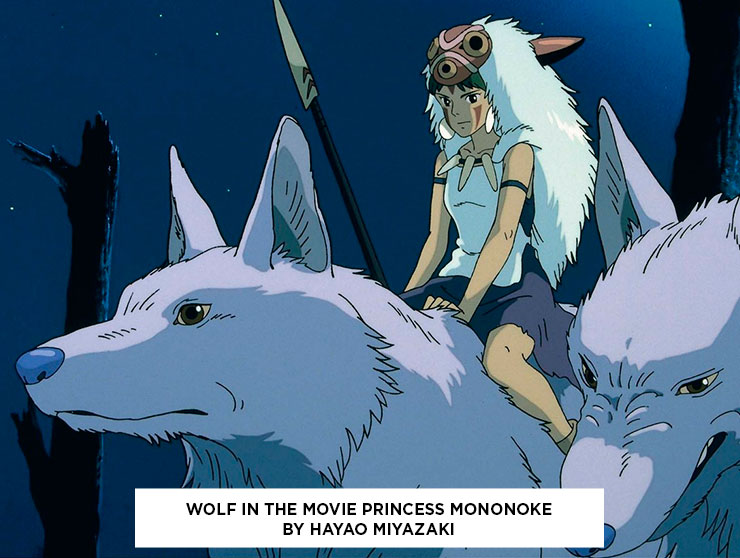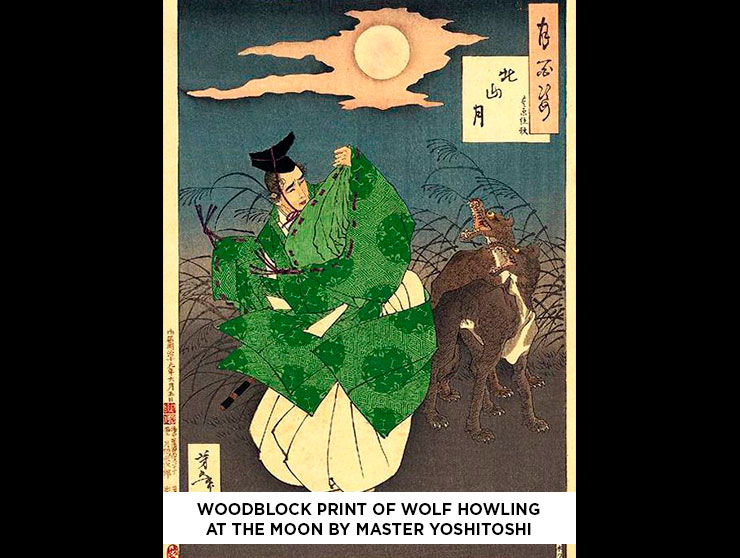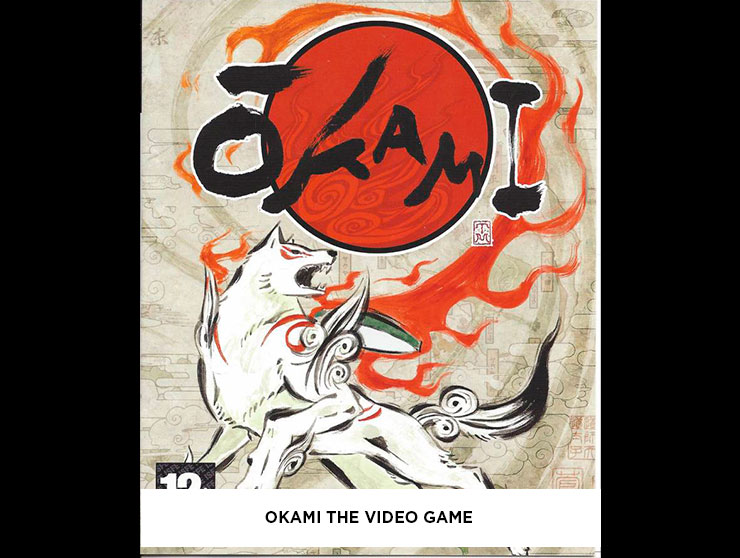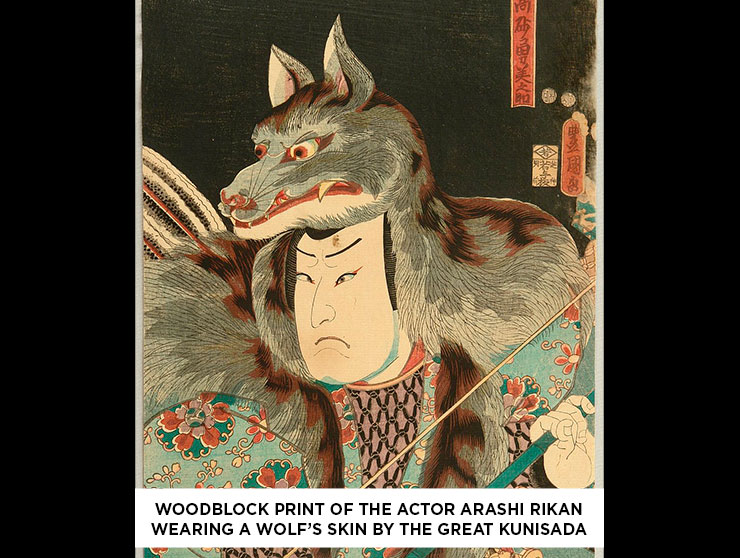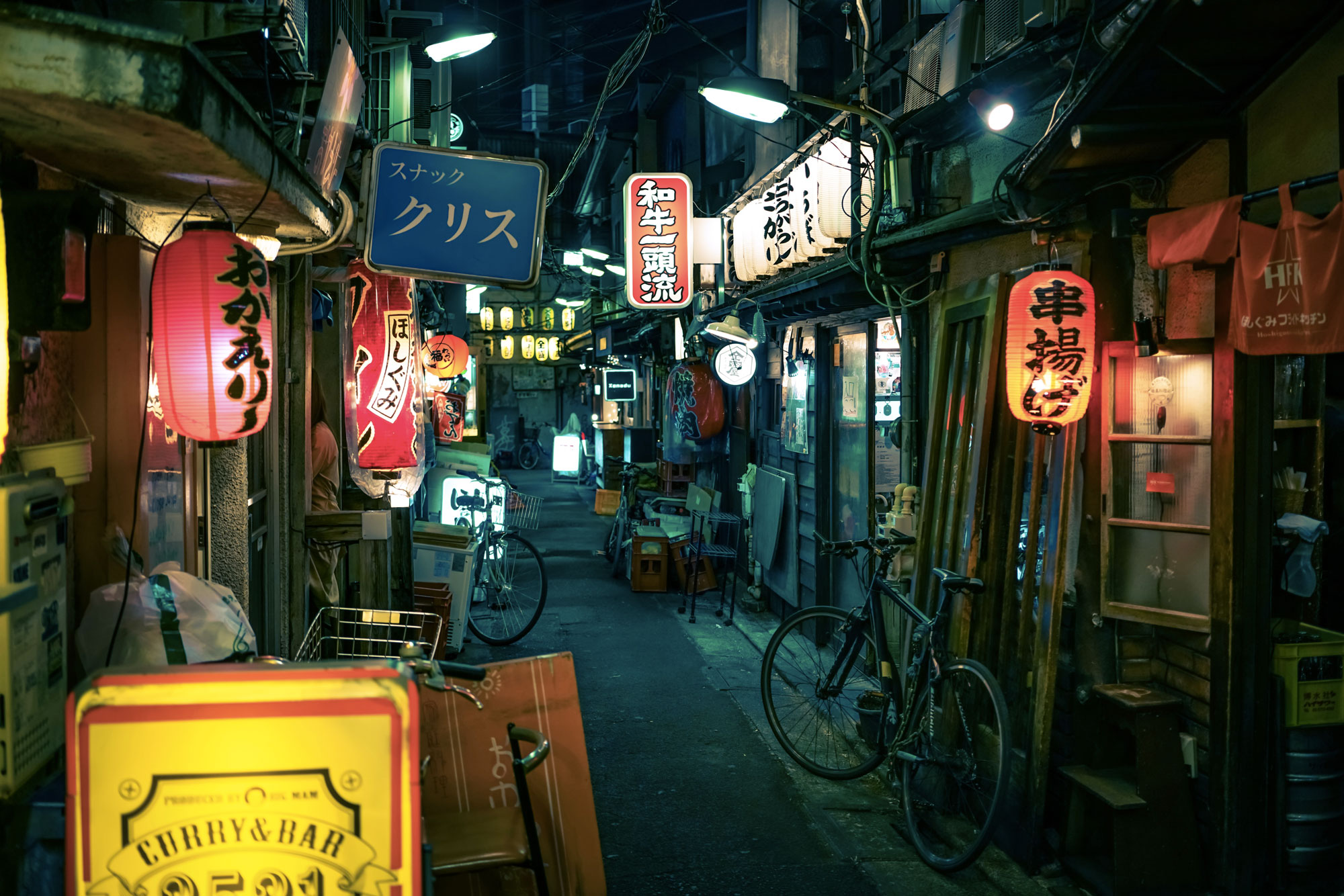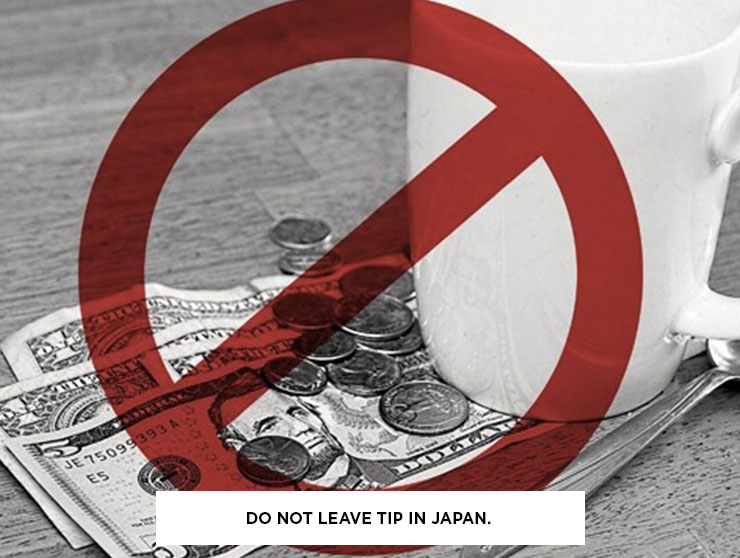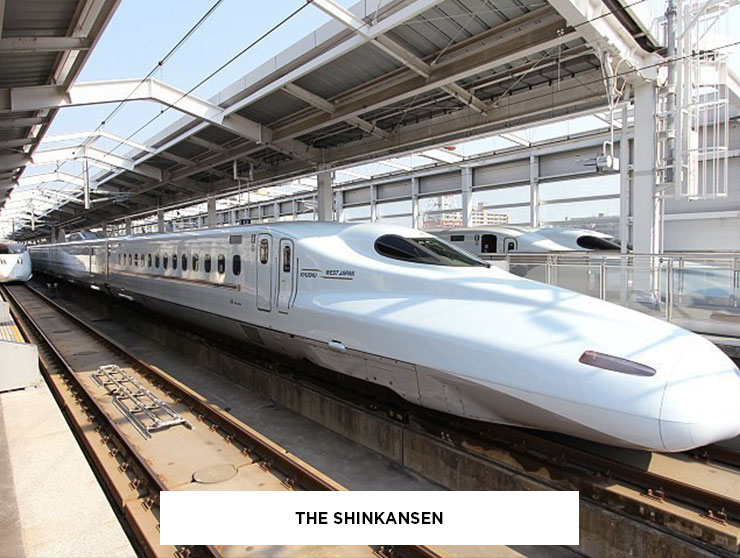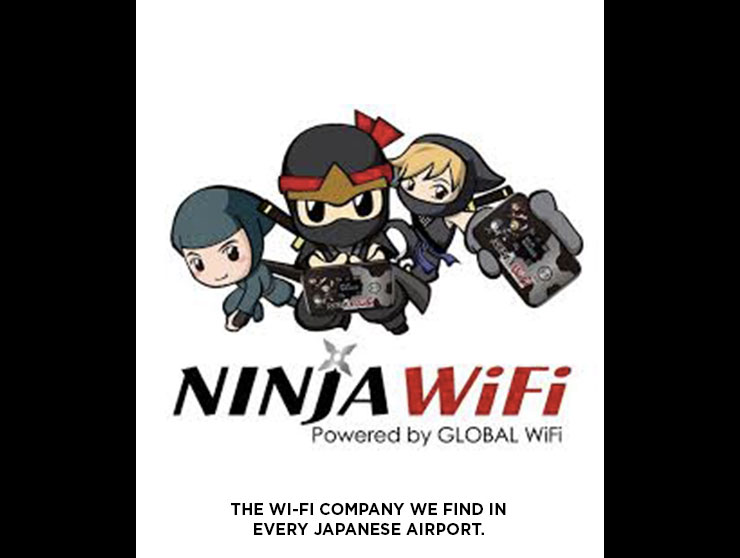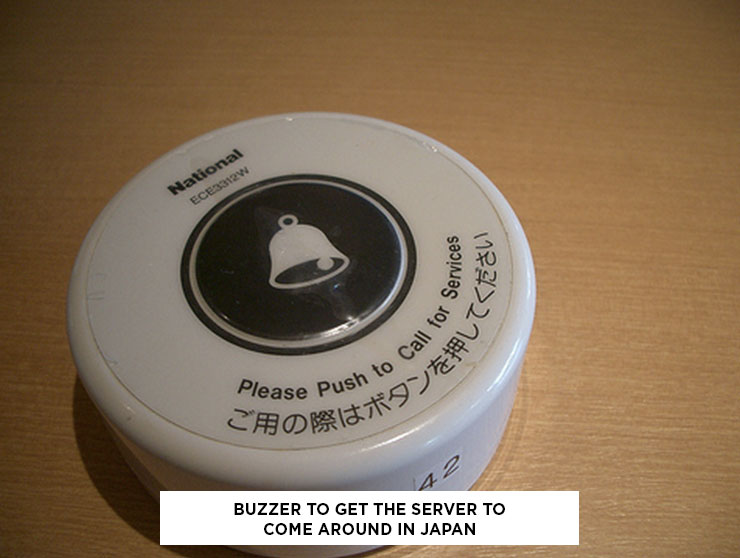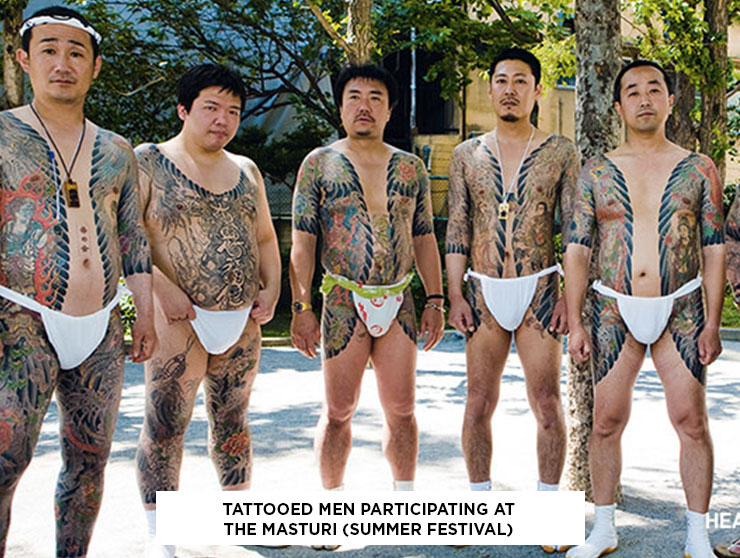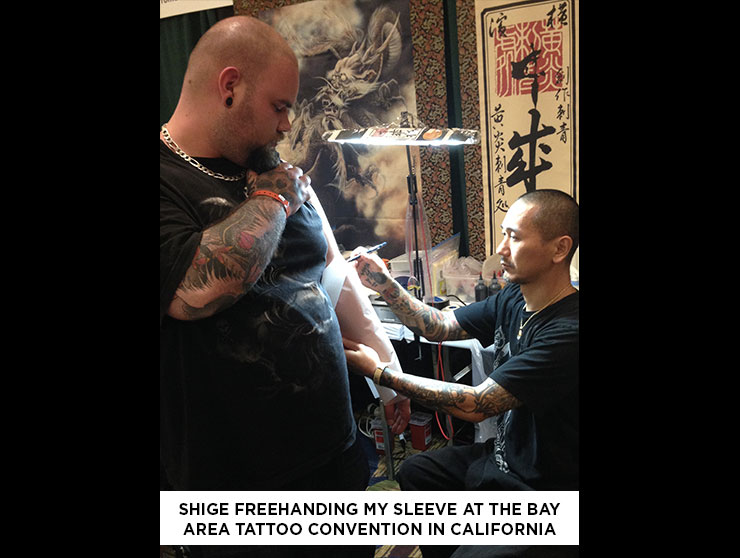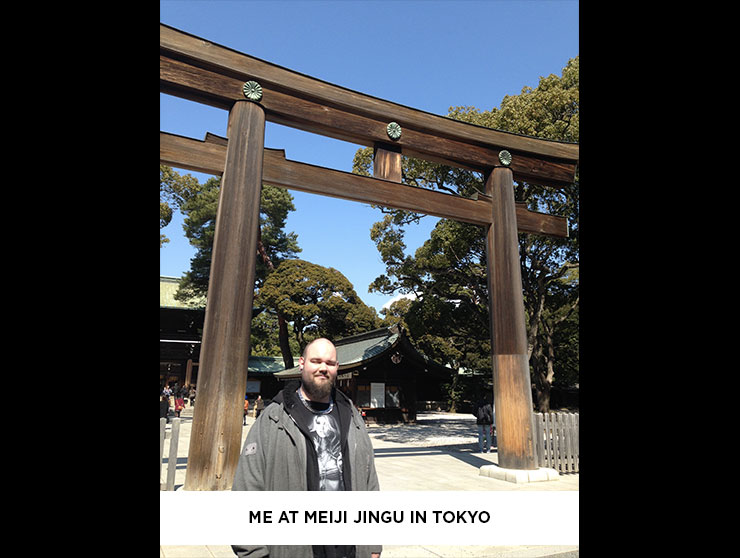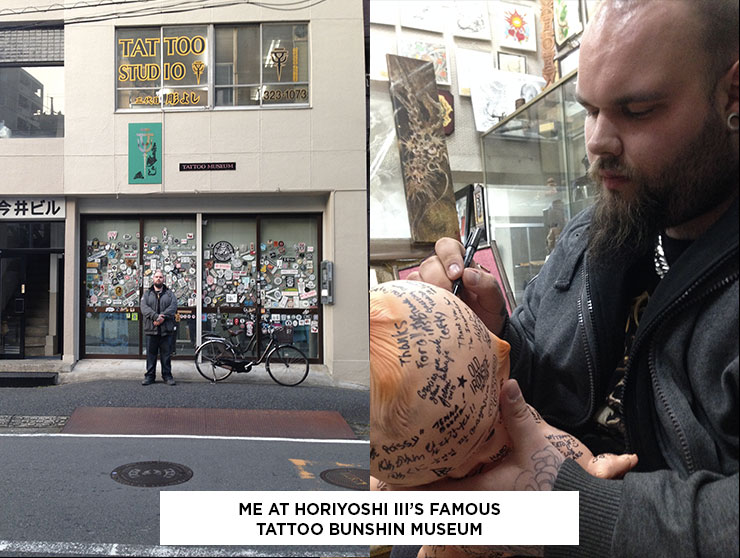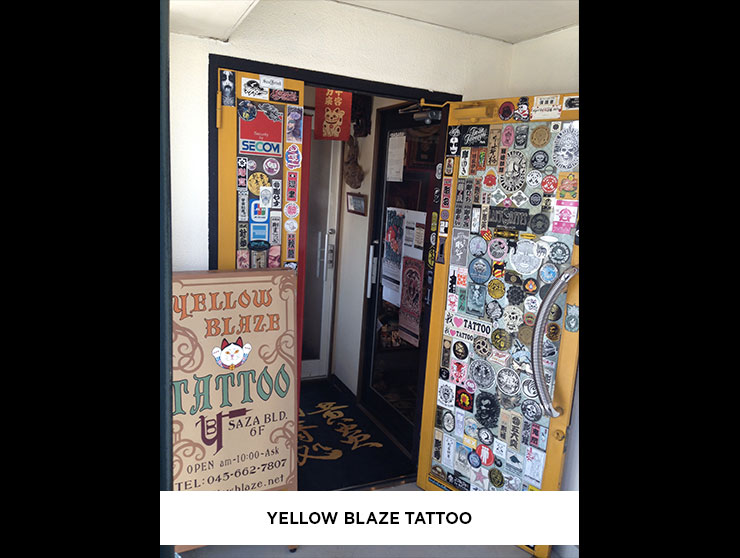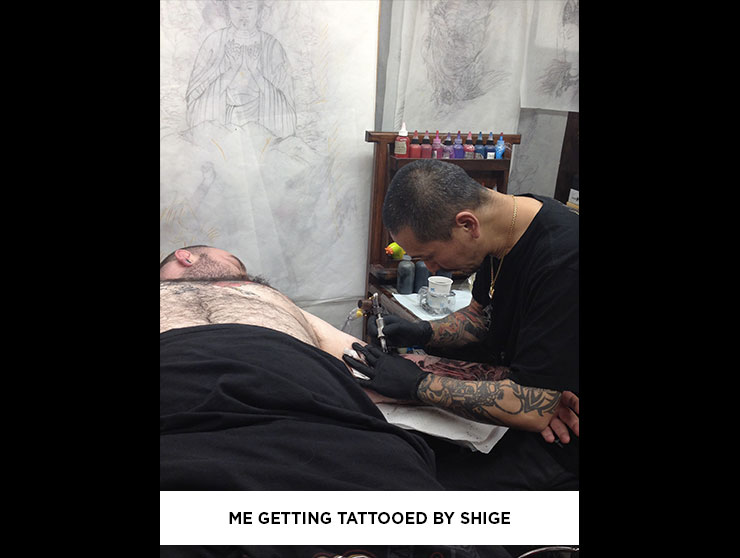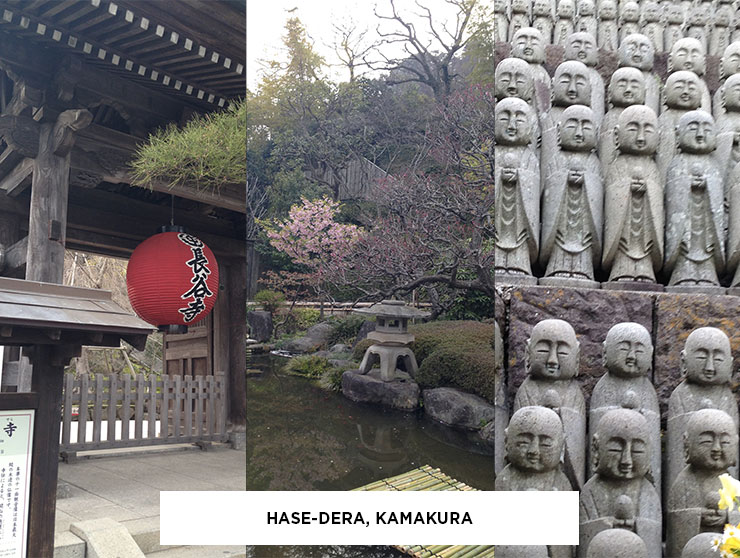Wolf 狼
Wolf 狼
In Japanese, the word for wolf is 狼, ōkami, which also mean “great-diety”. The wolf is viewed as a guardian or as messenger of the mountain god. As you might know, in the Shinto religion, every mountain is a god. Being worshiped by the woodcutters for giving wood, the most famous mountain god is certainly Fuji-san, mount Fuji.
As seen in Hayao Miyazaki’s movie Princess Mononoke, wolfs are savage and strong animals that reign in the mountain. With their strength, they assure harmony among all the living creatures in their environment. In some stories, it is said that the wolf will helps lost humans by escorting them out of the mountain. This ritual was called “okuriōkami » and can be translated as “wolf escort”. In multiples villages, wolfs were seen as messengers that would howl at the moon to warn before an earthquake or a tsunami.
Even though they were worshiped, wolfs were still perceived as savage and dangerous: They attacked livestock and transmitted rabies. As in Europe, wolf bounties appeared to a point where laws were put in place to diminish the wolf populations. The laws enforced during the Meiji era were so effective that today there is no more wolfs in Japan. Since 1905, the wolf is extinct from Japan but this adds to its myths: people keep relics of the wolfs (like claws, fangs, bones and skull) as protection talismans.
Note: In the game Okami by Capcom, Amaterasu, goddess of the sun, is represented as a wolf. There are no mentions of her appearing as a wolf in Japanese mythology. The authors of the game simply made a wordplay with the reading of the name of the goddess: Amaterasu which’s kanjis can be read as ōkami.
In Japanese tattoo, the wolf is a symbolism of strength and divine protection. But this design is not found in traditional Japanese tattoo. It can be used to make a nice neotraditional Japanese tattoo.
Friendly advice before visiting Japan as a Quebecer/Canadian
Friendly advice before visiting Japan as a Quebecer/Canadian
Do not leave any tip: it is very frowned upon and seen as a form of charity. It is very insulting for such a proud culture. However, if you go visit a friend and you wish to bring something, you could bring them a gift. Japanese people will often give and exchange Mochis, which are rice treats. We do not have this type of treat here, and it’s boring to show up with a maple syrup can, although they really like it. Indeed, Japan is one of the biggest maple syrup importers! I have two options for you; the first one is to bring a box of maple syrup cream filled cookies in the shape of a maple leaf, and the second one is a little more expensive, but it would be to bring fine chocolate filled with maple syrup. One or the other will make your host very happy!
Do not get on the Shinkansen with your luggage; get them delivered! Indeed, I made that mistake on my second trip to Japan. Japanese people are so polite that none of them dared to tell me it is forbidden. The Shinkansen is that famous train that crosses the country at a speed of 300km/h. The train is conceived to carry people, not luggage, because the space is limited. People are used to get their luggage delivered to their destination, which is an odd concept for us. The mail service is at a very low cost and it is very effective, hence why people choose the delivery method instead of carrying their luggage around.
At the airport, try and find the kiosk where they allow you to rent a Wi-Fi router. For less than 10$CAD a day, you’ll have unlimited Wi-Fi access, even in the temples! It is really practical for when you visit around with Google Maps. You can also look in the city to rent one of these routers, but people at the airport generally speak better English than Tokyoites. For every trip I made to Japan, I used the Ninja Wi-Fi company. I really recommend it.
When you order at a restaurant, try and see if there is a button! Ah, that button. If we don’t know about its existence, it’s easy to look confused! Let me tell you about my first experience in a Japanese restaurant: The server brings us to a table in a quieter corner of the restaurant (that wasn’t really busy). We take our time to choose our meal and patiently wait for the server to come back. Fifteen, thirty, even forty minutes pass by without anyone coming around! I finally see the server and I tell him loud and clear すみません!, which means “Excuse me”. The server approaches our table, looks at us and shows us the buzzer under the table, which alarms the server when customers are ready to order. I then understand that you need to ring to get service. The concept seemed impolite; I feel bad ringing for service, but in Japan, the servers feel bad to interrupt just to take the order. The contrast between both Canadian and Japanese courtesy really shows in certain situations.
Take note that people in Japan speak really softly in a restaurant because they do not want to bother people around them. It’s quite impressive to see! Try and avoid screaming or talking loudly in restaurants or in public places. The only exception is if you are drunk!
Japanese can speak English, but they are really shy in doing so, because of their accent. Therefore, they can seem really distant if you stop a stranger in the street, but, by experience, it can be quite easy to find someone who speaks English.
Go see the tourist information booths, to the police officers, to security guards or to any employee in the metro. If they don’t speak English, they’re going to find someone who will be able to help you. Japanese people are really helpful.
The only exception that happened to me a couple times was with taxi drivers. If they’re too shy to tell you they don’t understand, it is possible they drop you off anywhere because they did not understand. Ideally, it would be to take a screenshot of the address in Japanese, because they have a hard time reading an English address. You can use Uber, but Uber is not really popular in Japan since taxis have fair prices and are really clean. Uber therefore didn’t implant as much in Japan as it did elsewhere in the world.
Friendly advice for tattoo artists / tattooed person:
Please respect the family hierarchy of tattooists. It means do not talk to a Japanese tattooist about another one. They have crews and families of tattoo artists that fight with each other. To avoid this awkward situation, do not talk, compare or judge a Japanese tattoo artist in front of another one. These fights might seem harmless, but they are taken really seriously and respect a very precise code of honor. For example, if I get tattooed by Shige and I then stop at the Horiyoshi Tattoo Museum, I won’t talk about it.
Cover your tattoos in Japan? Yes and no.
My hands are tattooed and my access to a restaurant or to an event has never been denied. I must say I dressed accordingly, not to shock people, with pants and long-sleeved shirts. On the other hand, I have heard stories about people being refused the access to a restaurant because they had face tattoos. Tattoos are still frowned upon, but we have the advantage of being “gaijin” or strangers; people won’t be scared of us because they know we are not Yakuzas. The reason why an establishment will refuse the access to a tattooed stranger is solely not to displease their usual clientele.
The only downsides are the “onsen” and the “sento” which are public baths. Tattoos are really frowned upon as they are seen as a form failure in life. Therefore, it is possible your access will be denied. If you are allowed to get in one of those public baths, be prepared to receive comments. Some “onsen” are more permissive as they have a Yakuza clientele. With a little research, it is possible to find some more tattoo-friendly places.
Do not cross the border with needles or any other tattoo material because of the Tattoo Ban. For more information about the Tattoo Ban, you can read my bloc about this subject.
This sums up the advices I had to give out. If you have any questions, you can always write to me: jftrudeltattoo@gmail.com ボン・ヴォヤージュ!(Have a good trip)
First Trip to Japan – March 2015
First Trip to Japan – March 2015
I had the chance of getting tattooed by Shige in 2013 at the Bay Area Tattoo Convention in San Francisco, CA. We only had the time to do the lines during this session. Shige told me to call him at his shop to make another appointment to continue the tattoo. Which brings me to March 2015, my first trip to Japan. The plan of this trip was to see Tokyo and Yokohama (where is Shige’s famous Yellow Blaze studio).
We arrived at Narita after a long trip and a 12-hour jet lag. Friendly recommendation when traveling to Japan: When arriving at the airport, find the counter that rents portable Wifi router. For less than 10$ per day, you get unlimited Wifi everywhere you need (which can be practical when visiting small shines with Google map). You can get these routers in other stores in Japan, but they speak better English in the airport, which can simplify the transaction.
The first part of the trip was to visit Tokyo, like real tourist: I visited to Shibuya, Harajuku, and Shinjuku. I went to a multiple of temples, shrines and museums like Meiji Jingu, Togo Jinga, the Nezu museum with it’s beautiful Zen museum and the Japanese Sword museum.
The second section of the trip was in Yokohama. Like every tattoo artist visiting Japan, a must stop is Horiyoshi III’s Tattoo museum. The Bunshin Tattoo Museum is managed by Horiyoshi III’s wife. The museum is more a personal collection of tattoo related objects that Horiyoshi III has collected for more than 60 years. There are objects for all around the world: old tattoo machines, skulls, artworks, Polynesian shrunken heads, there is even a fan letter written from Charles Manson to Horiyoshi III. I loved looking at the different tattoo related Ukiyo-e prints.
Next step: getting tattooed by Shige in his private studio: Yellow Blaze Tattoo. Like a lot of places in Japan, it wasn’t easy to find; it’s at the 6th floor of a tall building. But it’s worth the search because inside is a beautifully calm and inspiring place. There is so many artworks, masks, statues, trophies, I felt in another world with the incent and the calm zen/instumental/psychedelic music. For years I have wanted to visit this mythic tattoo parlor. I’m very blessed to have been there.
I got tattooed 2 days straight to finish my forarm. During these 2 days I was observing everything Shige was doing. We talked about machines, ink, needles, tattoo technics and Ukiyo-e. Shige was calm as always and everything he said I kept it in mind. These were very enriching conversations. People will usually say that it’s very painful to get tattooed for 14 hours, but I was so concentrated on observing Shige, the pain wasn’t important.
After the 2 days, Shige told me to go visit Kamakura to see his favorite temple: Hase-dera. It’s a beautiful temple dedicated to Kannon the Goddess of Mercy. It was very fitting to finish my trip in the beautiful region of Kamakura. I’m very lucky to have had such an amazing trip.


